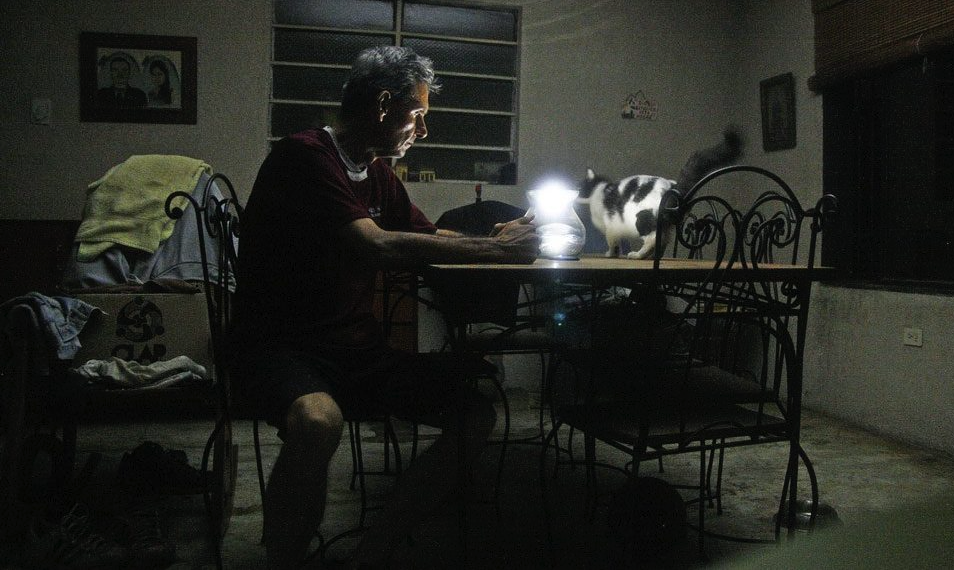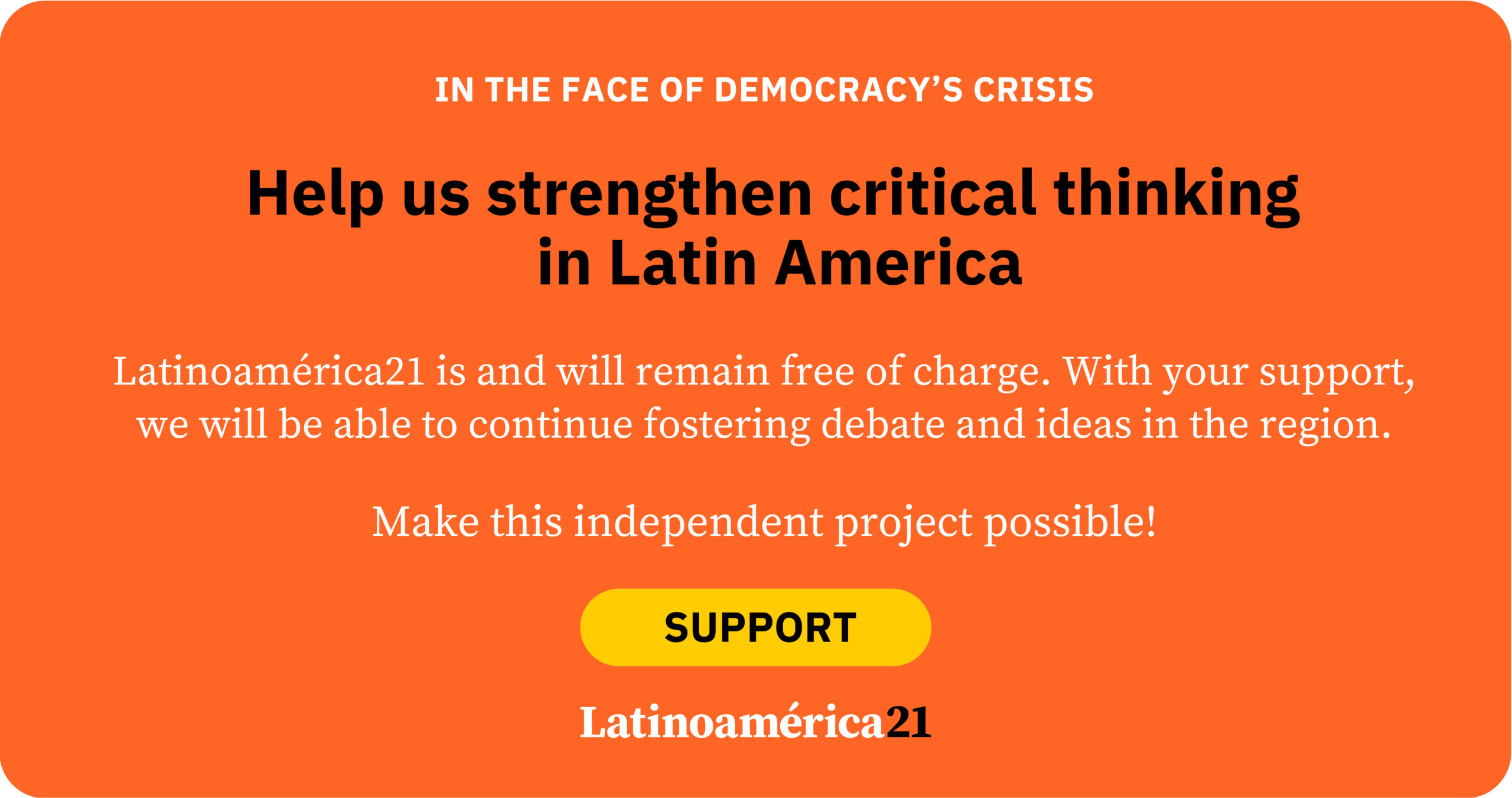I often come across idealized descriptions of current Cuban reality on social media, and even in Ibero-American media. Generally, these descriptions refer to better times, long gone since the end of Cuba’s highly favorable economic relationship with the socialist bloc.
I will try to provide an idea of the living conditions for myself and my neighbors in a small municipality in the province of Villa Clara. These conditions are somewhat worse than in Havana but generally similar to those of other Cubans living outside the capital.
Let’s start with food. Cooking a serving of rice, beans, a fried egg, and a quarter of an avocado, all seasoned in Cuban style, costs about 200 pesos—some $8.31 at the current official rate. Consider that the cost of one egg is around 90 pesos, a coin-sized onion costs 35, while the average salary in Cuba is about 4,648 pesos, according to Cuba’s National Office of Statistics and Information (ONEI).
To clarify, the rice used in our calculations is subsidized by the government. In Cuba, we have a ration card system that provides certain products at favorable prices. However, this list has now been reduced to seven pounds of rice per month, 60 grams daily of something resembling bread, and milk for children under seven. Besides that, we occasionally receive one or two bars of soap, toothpaste, detergent, or two pounds of sugar. The latter, once abundant even during previous crises, is now only available as an import, costing between 350 and 450 pesos per pound. This is because the once “Sugar Bowl of the World” now produces less sugar than it did before 1840 when harvests were carried out with oxen and slave labor, and the island’s population was only one million.
With current wages and the prices of most foods that are not sold through the subsidized sector, many people in Cuba eat only one meal a day. As a result, there is a significant undernourished population, especially among those over sixty who lack support from relatives abroad. However, as with everything in Cuba, the results of the few studies conducted in secret are closely guarded by authorities, and any independent research is considered subversive by the omnipresent State Security.
The state’s control of information and the distribution of wages explain the relatively low level of social unrest reported from Cuba, despite the significant deterioration in the living conditions of its inhabitants. For example, a top-level doctor at Villa Clara Provincial Hospital, with 30 years of service, never earns more than 10,000 pesos, while a newly graduated military doctor already receives 15,000. Notably, the wages of armed forces personnel are not published in the Gazette and are treated as a national secret.
The reason is that even the lowest-paid member of the Ministry of the Interior, a newly recruited prison officer without a high school education, earns almost one and a half times what the average doctor or teacher makes. We have not included “in-kind” wages like clothes, shoes, home appliances, food, priority for housing, or reservations at resorts… in which case, the difference multiplies by six or seven times, as in the case of any agent from the main provincial riot police unit, the black berets.
Outside Havana, the main tourist resorts, and special circuits in provincial capitals, electricity is only available irregularly. Where I live, the weeks when we have electricity for less than a third of the days and nights have become increasingly common since 2021, becoming the norm. There is a pattern where places with less outside contact, where the government can manage social unrest more discreetly, experience more sporadic electricity supply.
The irregularity in the electricity supply stalls the economy and makes everyday life even more challenging, especially for cooking, as the areas most affected by power outages are precisely those where gas—liquefied or piped—is not available. Another problem with the lack of electricity is the inability to refrigerate food, which is critical in Cuba’s tropical climate, where food spoils quickly without refrigeration. Worst of all is trying to sleep during the early morning hours in the six months when mosquitoes swarm and temperatures don’t drop below 25 degrees Celsius.
Closely related to the electricity issue is the challenge of obtaining water. Outside Havana, the aqueducts only provide water to part of the population, and very sporadically. Major cities like Santa Clara have neighborhoods that receive water only once a month, forcing families to dedicate much of their home space to storing it.
In towns like mine, where the municipal water and sewer company has received national recognition several times for its work, there is neither a sewage system nor an aqueduct that supplies water to more than a third of the population. The rest of us depend on backyard artesian wells, which on average are no more than 10 meters away from a septic tank, because, as in most of the country outside Havana and a few large cities, there is no central sewage collection system.
As for the public health system, one of the great “Achievements of the Revolution,” it has deteriorated to a level comparable to or worse than the worst public systems in Spanish America. In Cuba, even basic supplies like cotton or syringes have been scarce for a long time, as well as common medications like aspirin or antibiotics, let alone more specific ones, which are entirely unavailable.
In hospitals, water supply is sporadic, and patients must bring practically everything except the bed and mattress. It has always been customary for a family member to accompany patients in Cuban hospitals, but today, without these companions who handle everything related to the patient except administering medication, a patient’s chances of survival are much lower.
Hospitals also have very few medications, and most of the time, the patient’s family must obtain them, either sent by relatives abroad or purchased in uncertified markets. Due to these shortages, two large “black markets” thrive around the Provincial Hospital in Santa Clara, where one can find everything from medicine to surgical supplies—also unavailable in the health system—or fast food to supplement hospital meals.
Regarding medical and healthcare personnel, they have probably been among the most affected by the recent migration wave. Furthermore, authorities prefer to send doctors on international missions, earning hard currency, rather than filling the numerous vacant positions in the country. This has led, for example, to the near extinction of the “Doctor for 120 Families” program, where many doctors now attend up to eight times that number.
I could speak about the state of the other great revolutionary “achievement,” Education, or about the state of infrastructure, which has almost disappeared in the past 34 years, or the near-total disappearance of public transportation, especially outside Havana, but I don’t want to bore the reader. Ultimately, Cuba is here for anyone to come and verify whether my description is false or not. Are you interested?













